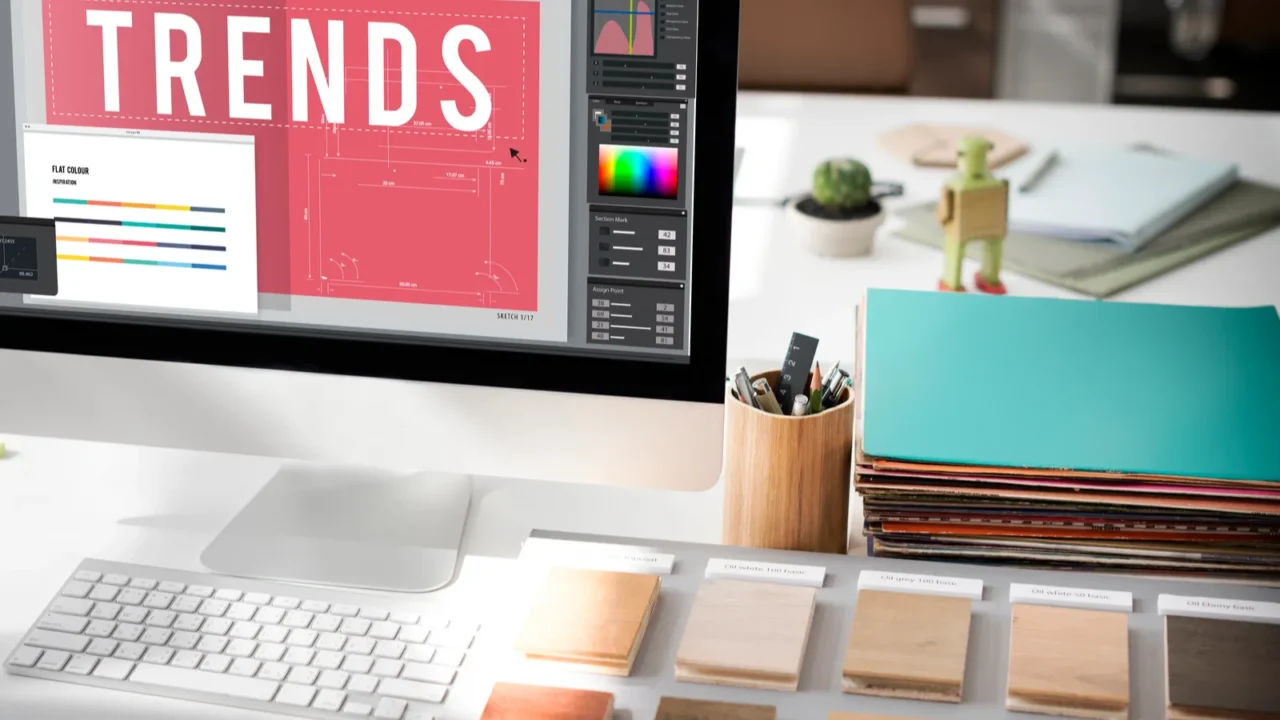
The Future of Interior Design
If you think interior design is all about picking paint colors and fancy couches, think again as the industry is evolving faster than ever, bringing new opportunities and challenges for designers.
From tech-driven solutions to sustainability trends, the way we design spaces is getting a major shake-up. Whether you’re a seasoned pro or just starting out, knowing what’s coming next is the key to staying ahead.
So, what’s the deal with these emerging trends and why should you care? Because this is where the future of interior design careers is heading. You don’t want to be left behind while others snag the best gigs, right?
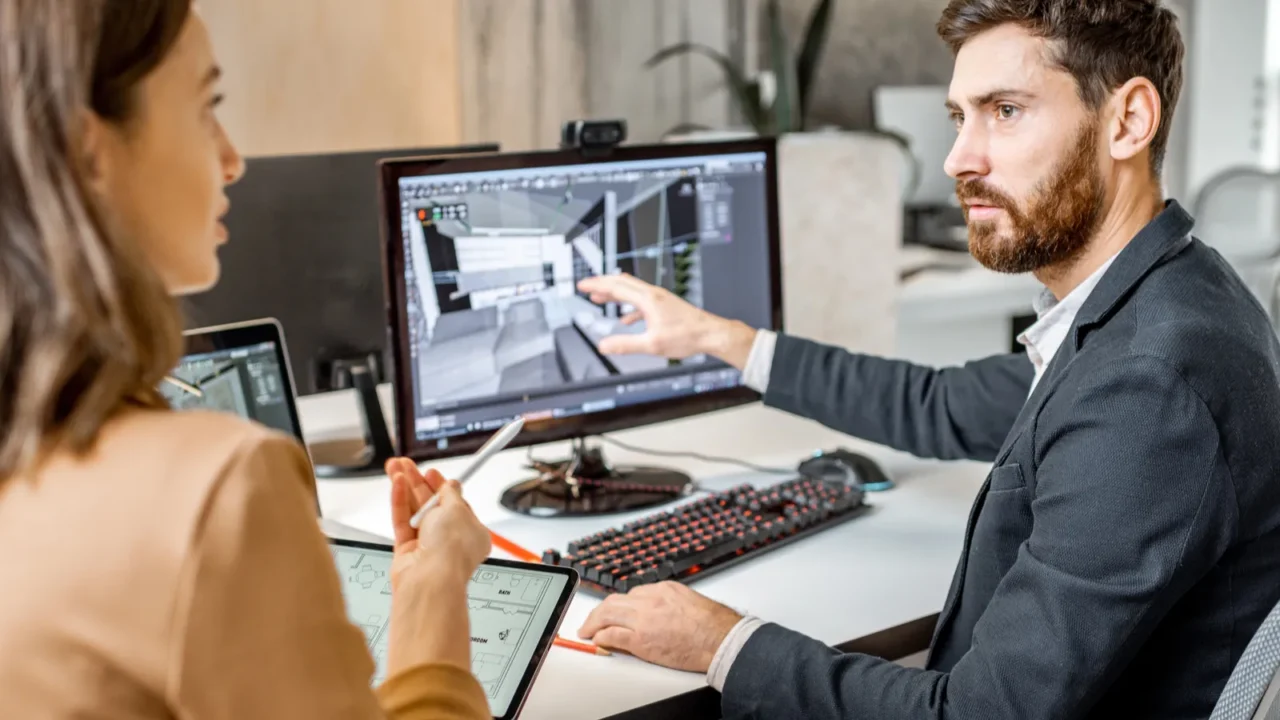
AI and Interior Design
AI is creeping into every industry, and interior design is no exception. Imagine having an AI assistant that generates stunning room layouts in seconds or predicts the best color schemes based on a client’s personality. Designers are now using AI-powered tools to streamline their workflow, create hyper-realistic 3D visuals, and even suggest design modifications before a single purchase is made.
But don’t panic, robots aren’t replacing designers anytime soon. Instead, AI is becoming an invaluable sidekick, helping professionals work smarter, not harder. Those who embrace these tools can impress clients, speed up their process, and stay ahead in an increasingly competitive industry.
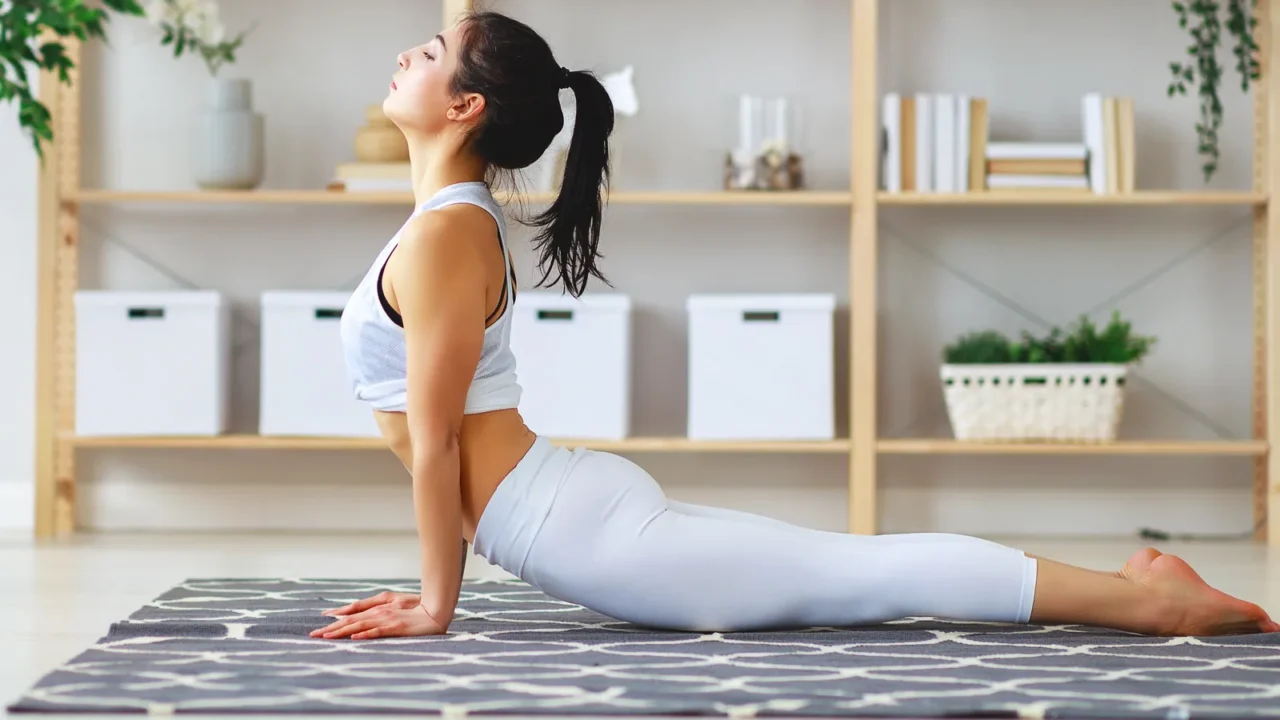
Designing for Wellness
Gone are the days when interior design was just about making spaces look good. Now, it’s about making people feel good too. Wellness-focused design is all about creating environments that boost mood, improve productivity, and reduce stress.
People are realizing that their surroundings affect their well-being more than they thought. That’s why companies, homeowners, and even schools are looking for designers who can craft spaces that promote mental and physical health. If you can design spaces that make people feel great, you’re looking at a career trend that’s here to stay.
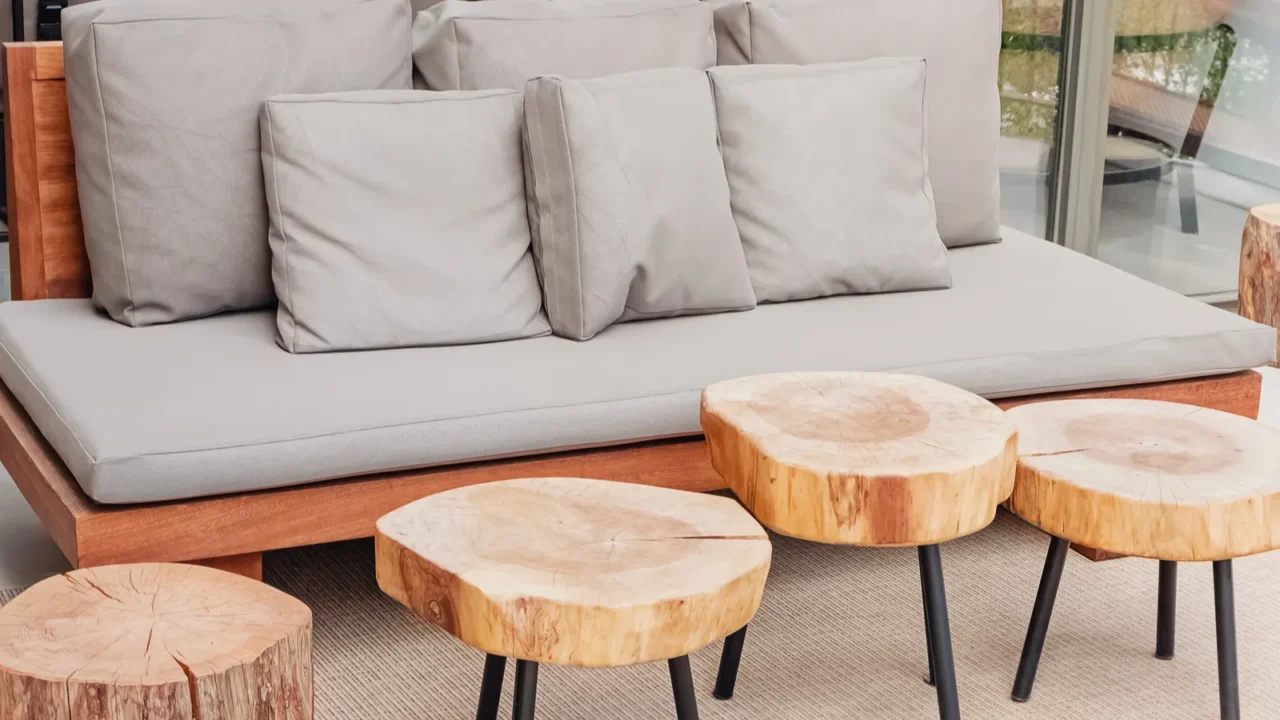
Sustainability
Let’s be real, nobody wants to live in a house that’s secretly harming the planet. Sustainable interior design is more than just a trend, it’s becoming an industry must-have. Clients are asking for recycled materials, energy-efficient lighting, and non-toxic finishes that don’t mess with the environment.
If you’re a designer who knows how to source eco-friendly furniture or repurpose materials without sacrificing style, you’ll be in high demand. Sustainability isn’t a fad, it’s the future of interior design. The designers who get ahead of this curve will be the ones shaping the next generation of stunning, eco-friendly spaces.
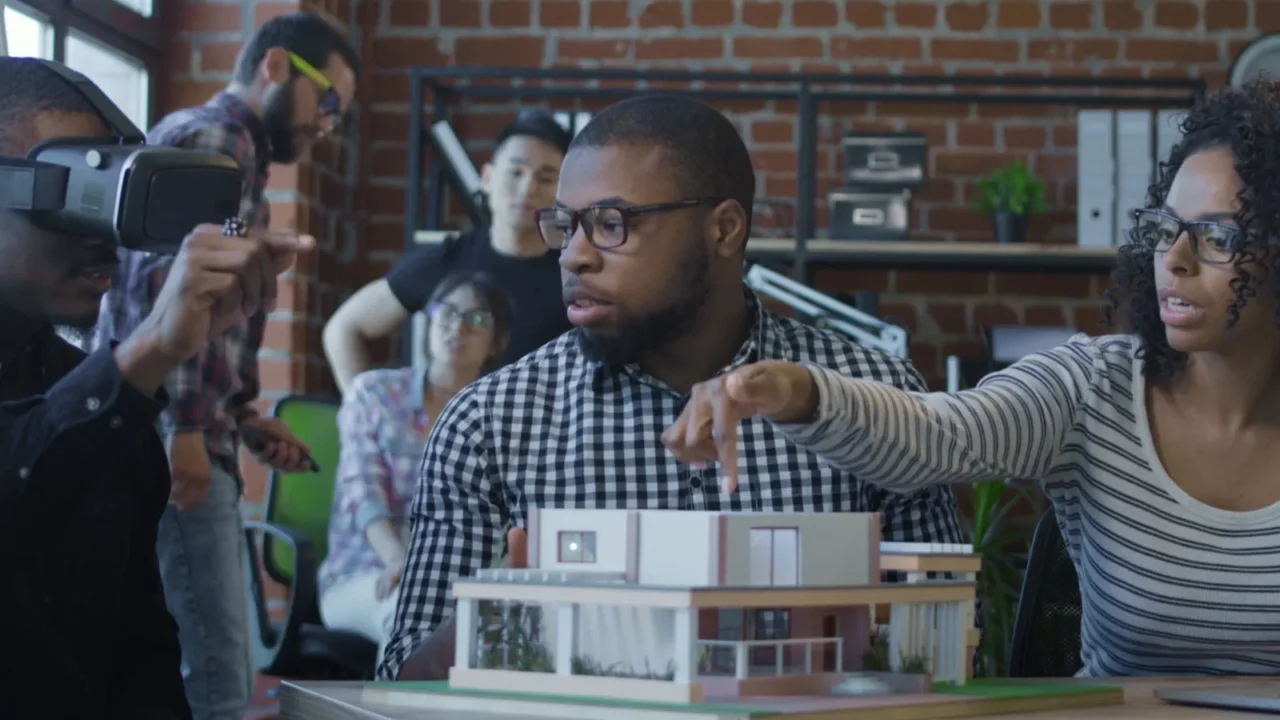
Virtual Reality
Imagine showing a client their new home before construction even begins. With virtual reality (VR), that’s no longer a fantasy as designers are now using VR to let clients walk through their spaces before making big decisions. No more guessing if that couch will fit or if the wallpaper will look too busy, it’s all right there in an immersive 3D view.
This technology is changing the game, making presentations more interactive and reducing costly mistakes. If you’re a designer who can master VR tools, you’ll have a serious edge over those still stuck using 2D sketches. Welcome to the future, where seeing is believing.
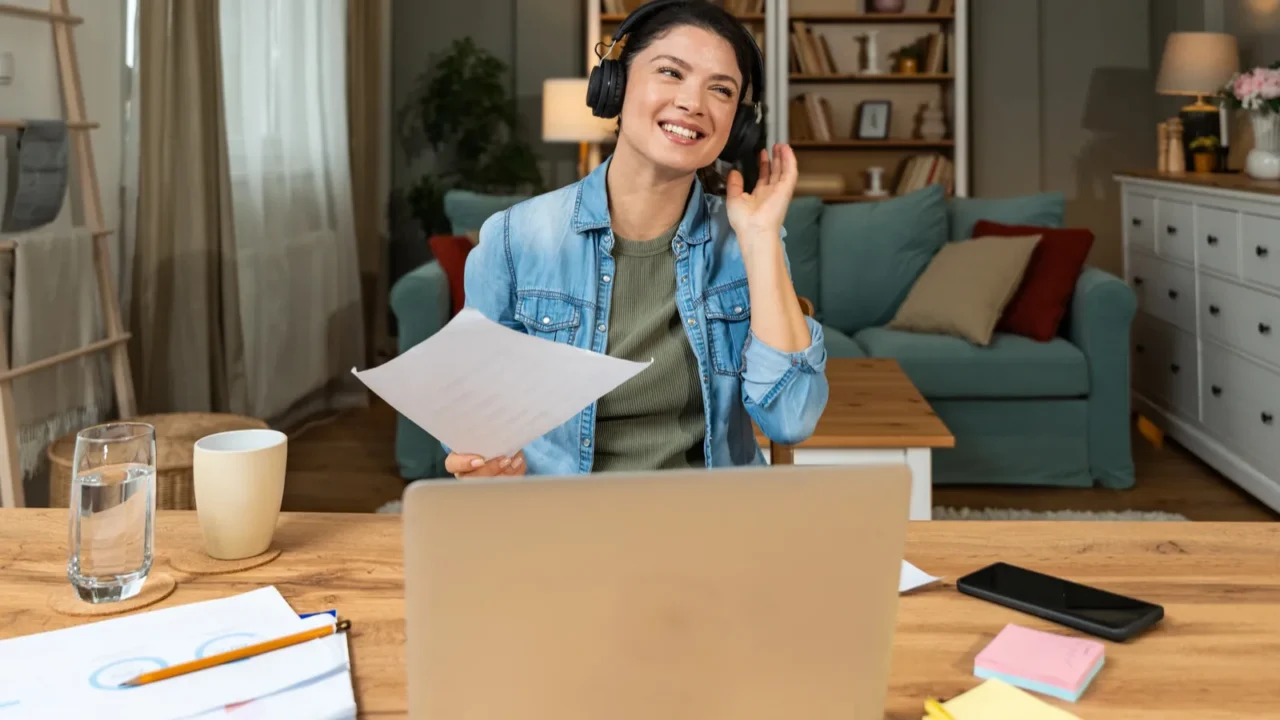
Remote Collaboration
You don’t have to be in the same room or even the same country to design someone’s dream space. Thanks to video calls, cloud-based design platforms, and online material sourcing, designers can now work with clients from anywhere in the world. This means a bigger client pool and the freedom to work from your couch in sweatpants.
But it also means knowing how to communicate effectively without face-to-face meetings. Digital presentations, clear mood boards, and fast responses are the new currency of the remote design world. If you can master long-distance collaboration, your career possibilities just go global.
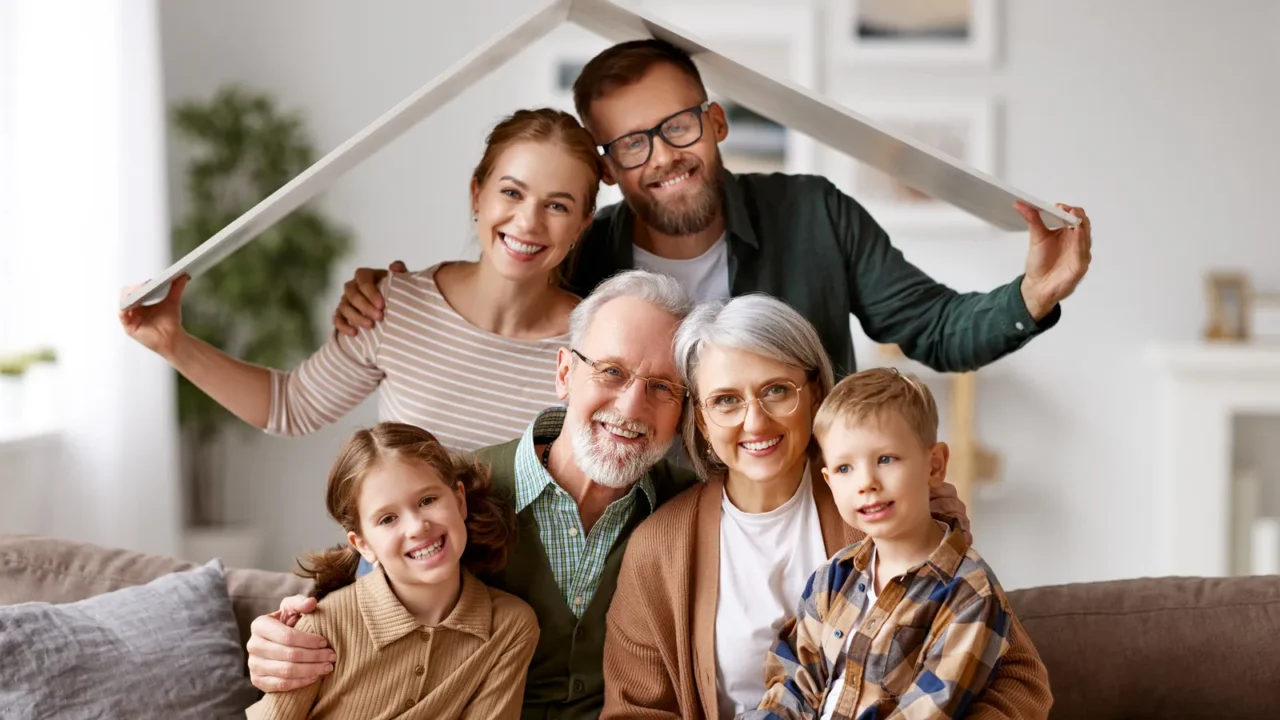
Spaces for All Ages
Designing for a young couple is one thing but designing for grandma, grandpa, the kids, and a newborn? That’s a whole new challenge and multigenerational homes are on the rise, and designers are figuring out how to create spaces that work for everyone. Think wider doorways, flexible layouts, and storage solutions that keep the house functional and stylish.
It’s not just about accessibility, it’s about making shared spaces comfortable for all ages. A well-designed home should cater to different needs without looking like a hospital or a daycare. If you can create stylish, inclusive designs, you’ll stand out in this growing niche.
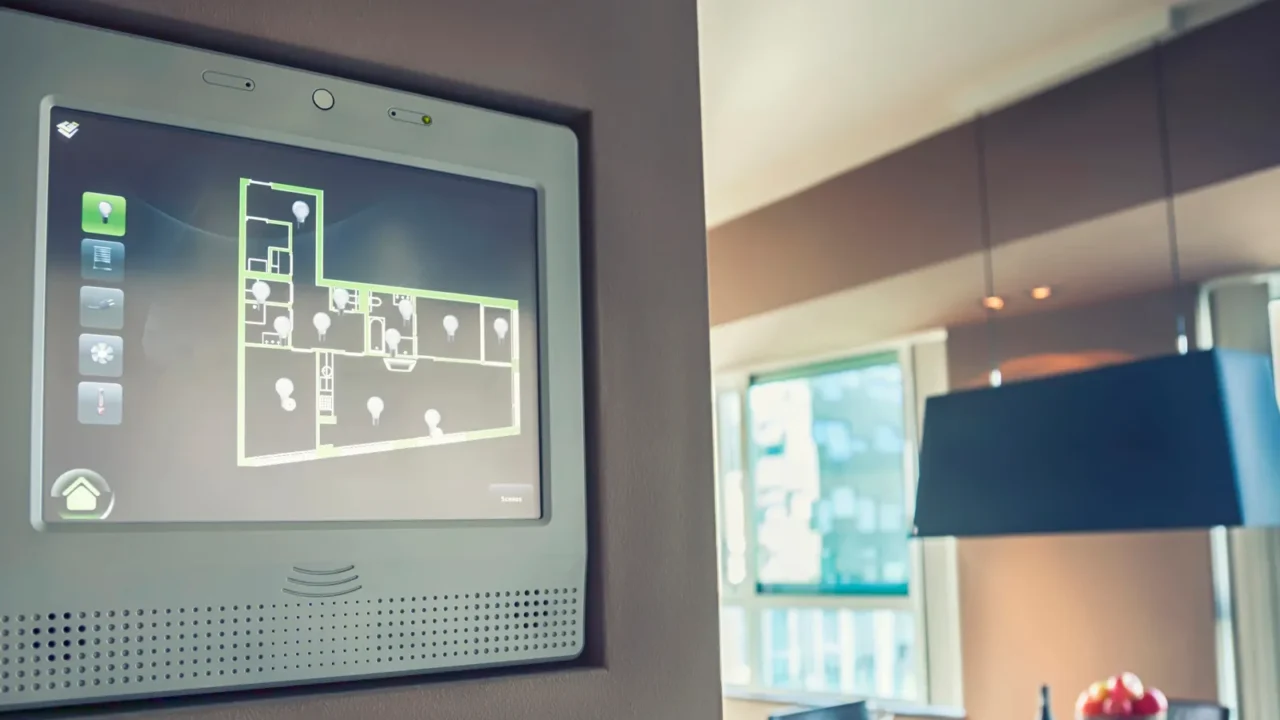
Integrating Technology Seamlessly
The future is now, and it’s voice-activated. Smart homes aren’t just about cool gadgets, they’re about making life easier. From lighting that adjusts with a simple voice command to fridges that remind you when you’re out of milk, technology is becoming an essential part of interior design.
That means designers need to understand how to make tech work with style. Are wires sticking out everywhere or are bulky speakers ruining the vibe? No way, if you can create a smart home that looks just as good as it functions, you’re ahead of the curve.
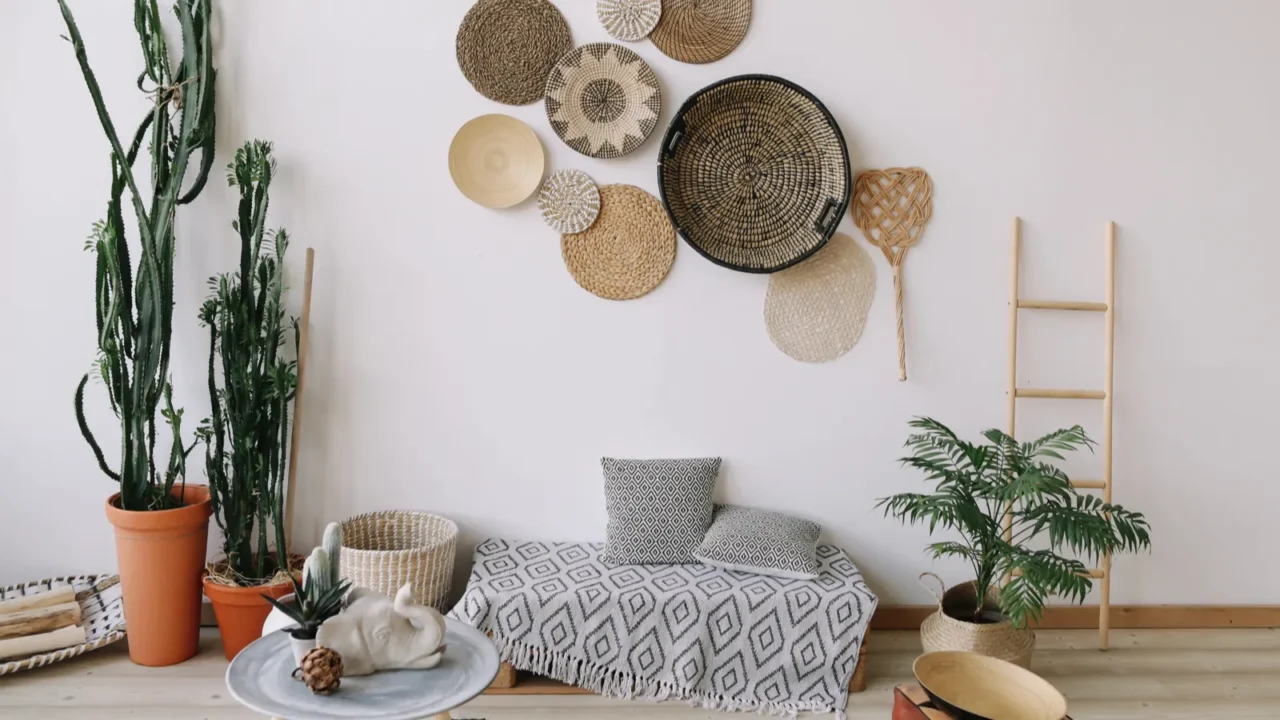
Cultural Inclusivity
Design isn’t just about personal taste, it’s also about identity. More clients are looking for designs that reflect their heritage, traditions, and personal stories. This means knowing how to incorporate cultural elements thoughtfully, whether it’s Moroccan tilework, Japanese minimalist aesthetics, or African textiles.
The key is authenticity. Nobody wants a watered-down version of their culture or random decor that looks out of place. Designers who take the time to understand cultural influences and integrate them with style will connect with clients on a deeper level.
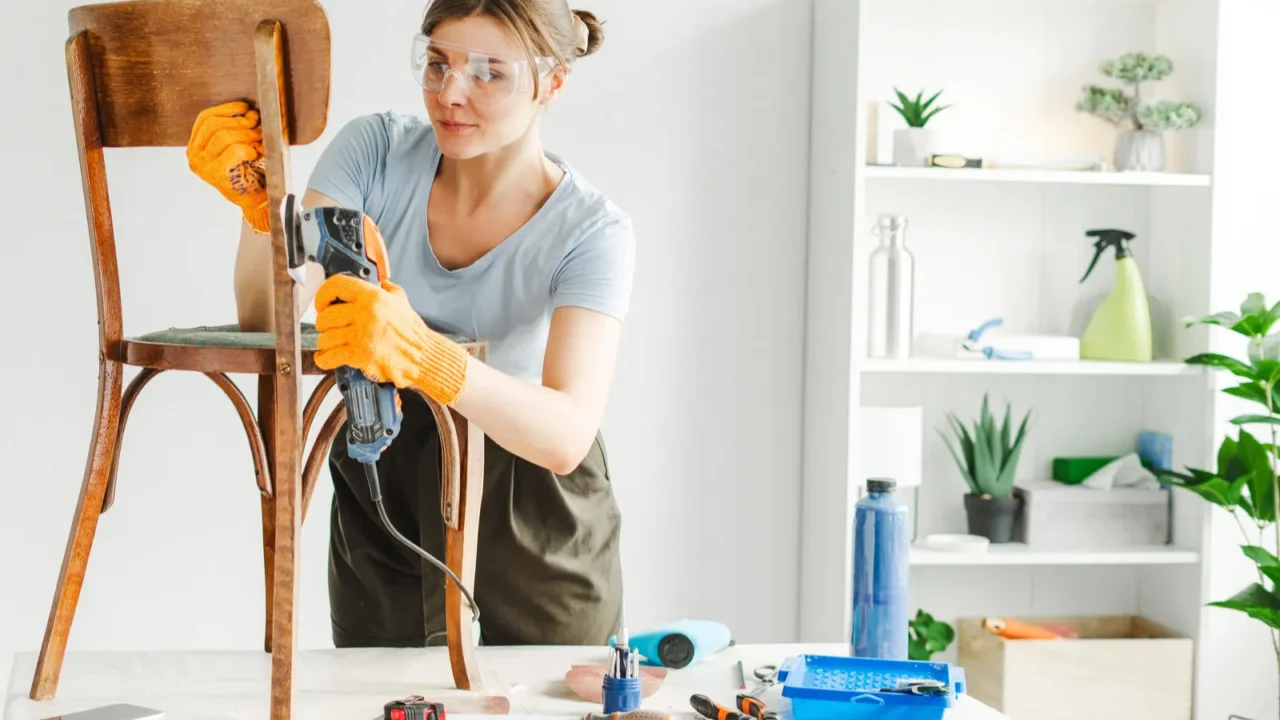
Adaptive Reuse
Tearing down old buildings to make room for new ones? That’s so last decade as the new trend is adaptive reuse, taking existing spaces and repurposing them in creative ways. Think of an old warehouse turned into a modern loft or a vintage church transformed into a sleek cafe.
It’s about preserving history while making spaces functional for today. This trend is not only environmentally friendly but also gives designers a chance to work with unique structures and character-filled spaces. If you can reimagine the potential of old spaces, you’ll always have work.
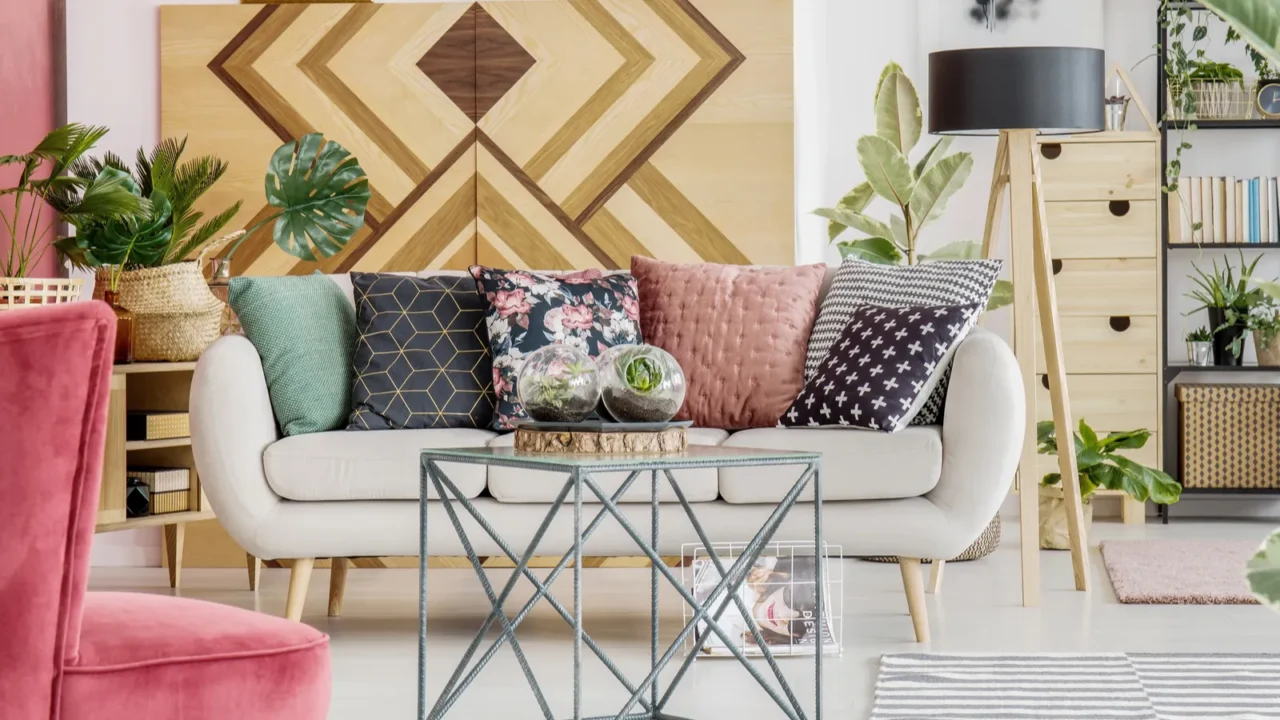
More is More
For years, minimalism ruled the design world as white walls, simple furniture, and clutter-free spaces were the norm. But guess what? Maximalism is making a bold comeback with vibrant colors, mixed patterns, and eclectic decor bringing personality back into homes.
Maximalism isn’t about making a space look like a thrift store explosion, it’s about curated chaos. Designers who know how to mix and match while keeping spaces stylish will thrive. If you love layering textures, colors, and statement pieces, this trend is for you.
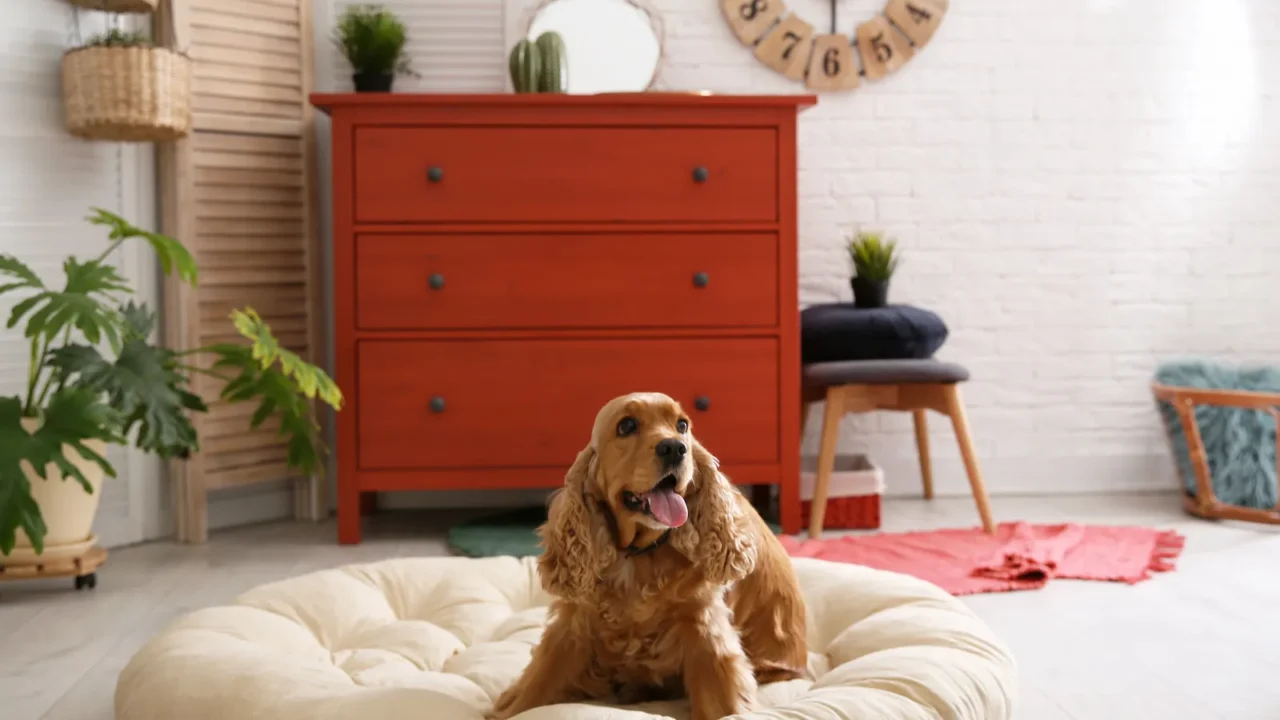
Pet-Friendly Design
Pet owners aren’t just thinking about their own comfort, they want stylish, functional spaces for their furry friends too. Built-in feeding stations, stylish pet beds that blend into the decor, and scratch-proof furniture are all becoming must-haves.
It’s no longer just about making a home beautiful, it’s about making it work for every member of the family, including the four-legged ones.
Smart designers are getting creative with pet-friendly solutions that don’t compromise on aesthetics. If you can create a space that looks amazing while being pet-proof, you’ll win over a whole new set of clients.
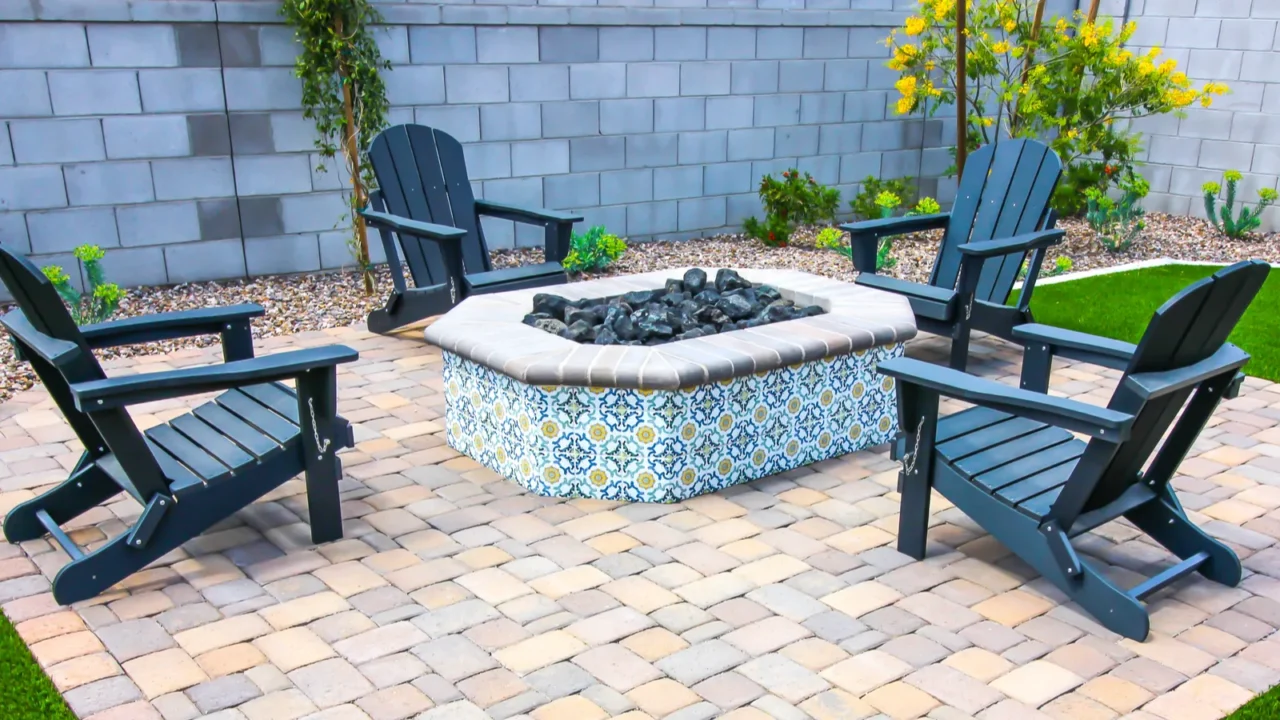
Outdoor Living Spaces
Backyards aren’t just for barbecues anymore. People are investing in outdoor spaces that feel like extensions of their homes, think cozy fire pits, outdoor kitchens, and stylish lounge areas. With more folks wanting to entertain and relax outside, designers are finding ways to blend indoor comfort with outdoor vibes.
Weather-resistant furniture, creative lighting, and functional layouts are key. Gone are the days of cheap patio sets, now it’s about curating an outdoor space that feels just as inviting as a living room. If you can master this trend, you’re golden.
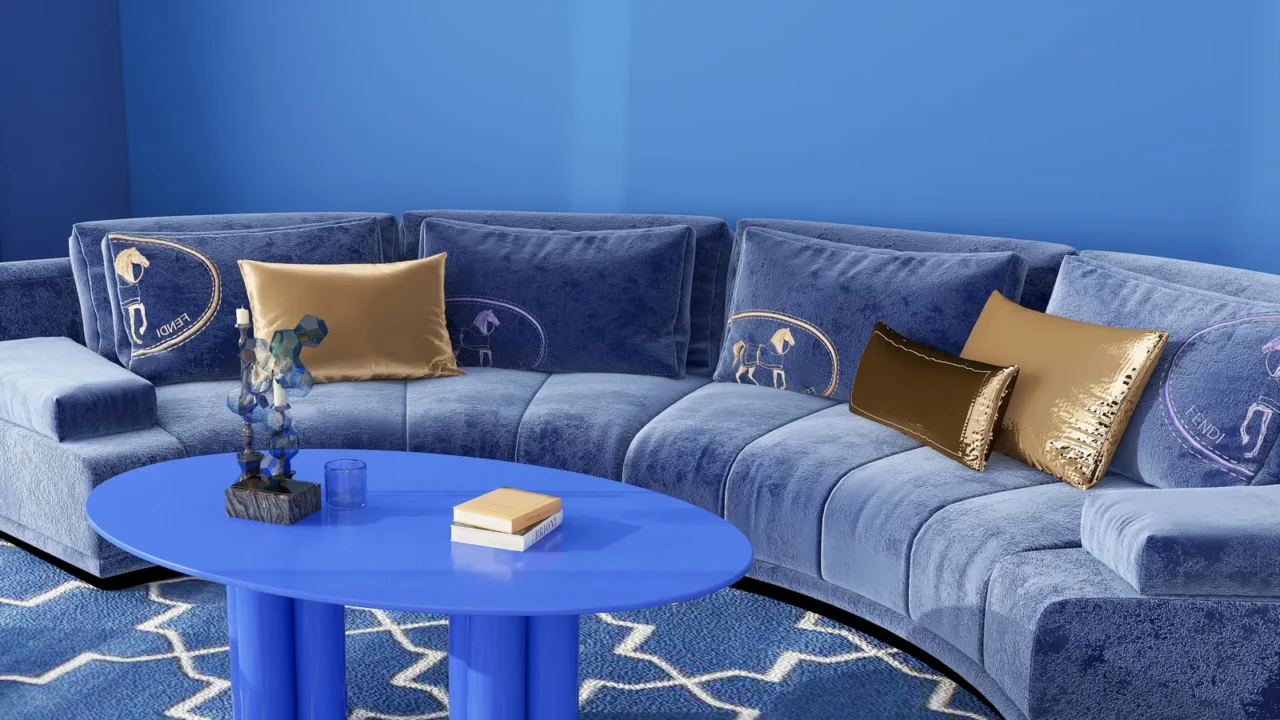
Bold and Unexpected Hues
Neutral tones have had their moment, but now it’s time for color to take center stage. Clients are ditching safe beige for deep greens, burnt oranges, and daring purples. Accent walls, painted ceilings, and colorful furniture are shaking up traditional design norms.
But this isn’t just about throwing random colors together, it’s about bold choices done right. Designers who can master color psychology and balance vibrant palettes will stand out. If you love playing with hues and creating mood-enhancing spaces, this trend is your playground.
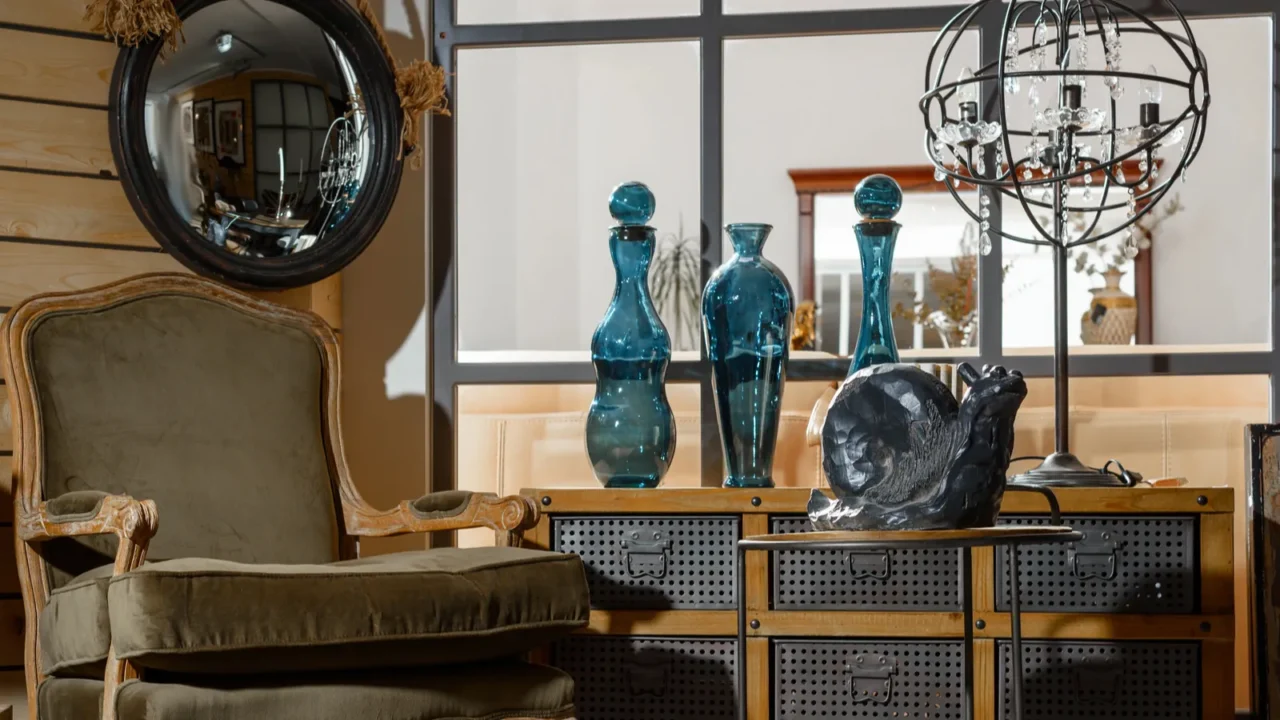
Vintage Revival
Why buy new when vintage has so much charm? The trend of mixing antique pieces with modern aesthetics is gaining momentum. Clients are scouring flea markets for one-of-a-kind furniture and decor that tells a story.
Smart designers are pairing classic pieces with contemporary elements to create spaces that feel both nostalgic and fresh. Curious about which classic styles are making a comeback this year? Get inspired by these vintage home trends that will dominate in 2025 and give your space a timeless yet trendy makeover.
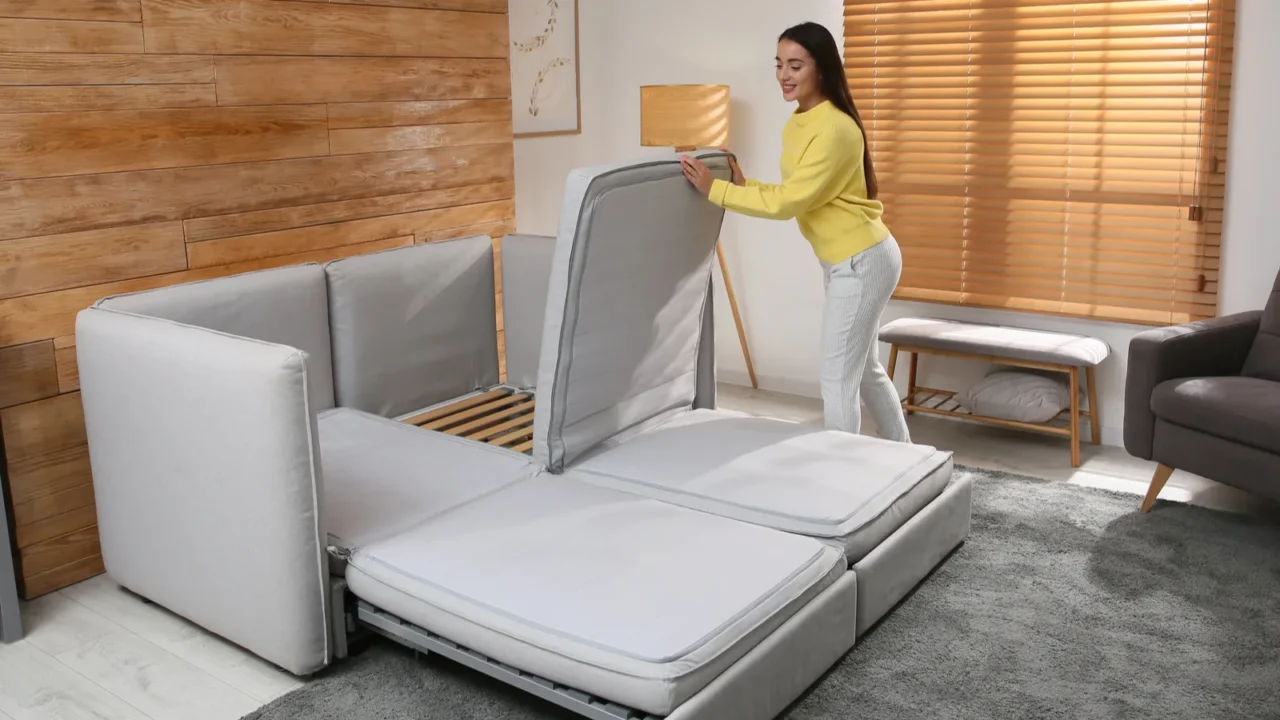
Multi-Functional Furniture
Small spaces are making designers think big. With more people living in compact homes and apartments, furniture needs to do more than just sit there looking pretty. Sofas with hidden storage, beds that fold into walls, and extendable dining tables are changing how people use their spaces.
This trend is about maximizing every square inch without sacrificing style. Designers who can create multi-functional, space-saving solutions will be in high demand. Wondering how to create a living room that’s both stylish and baby-friendly? Take a look at these multi-functional living room ideas for new moms who adapt to their daily routines without sacrificing comfort or design.
What will be your forte among all these emerging trends? Let us know in the comments!
Read More From This Brand:
Don’t forget to follow us for more exclusive content right here on MSN.